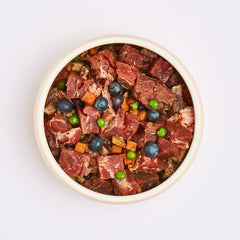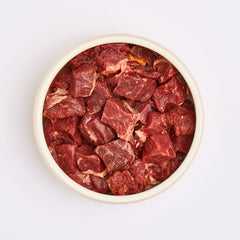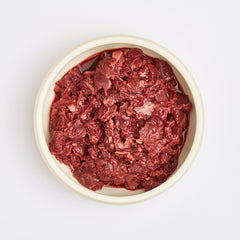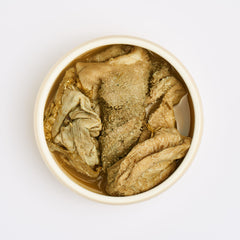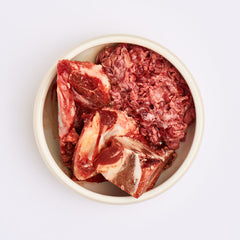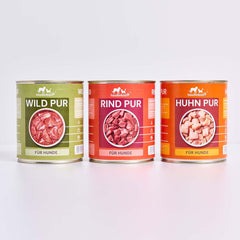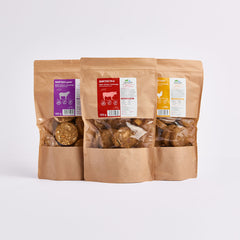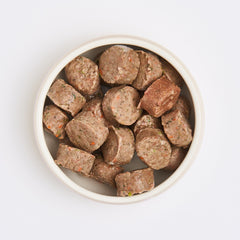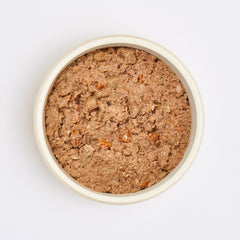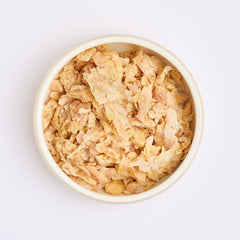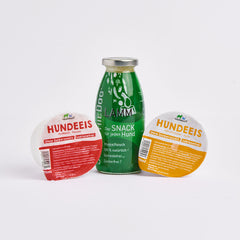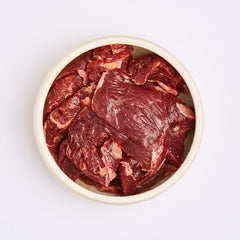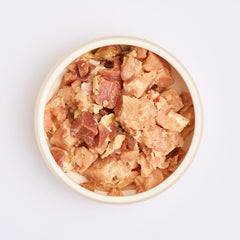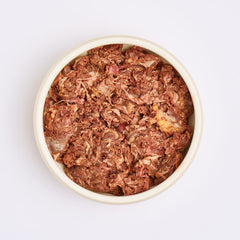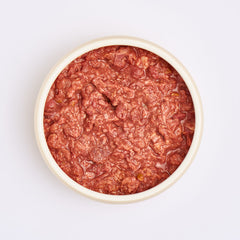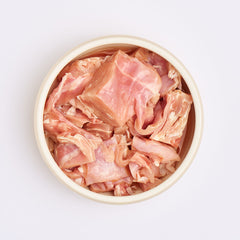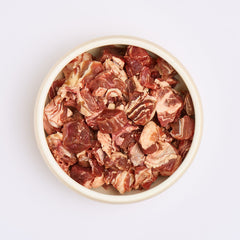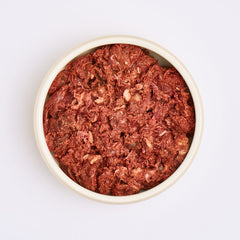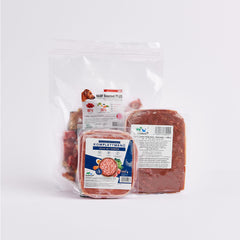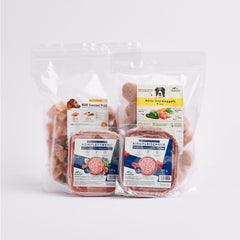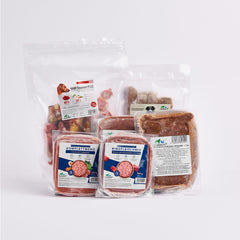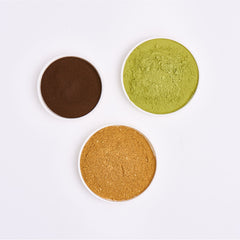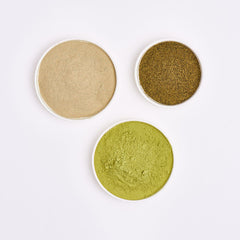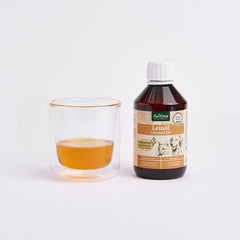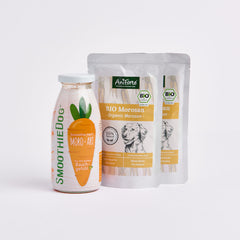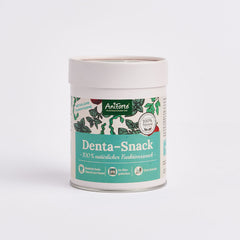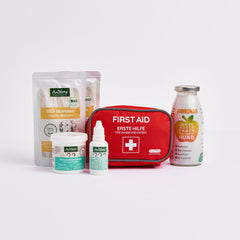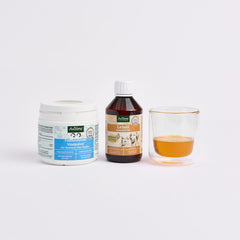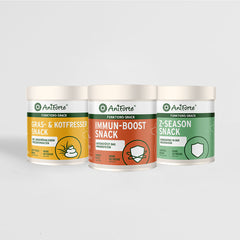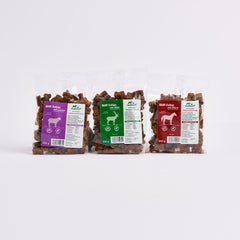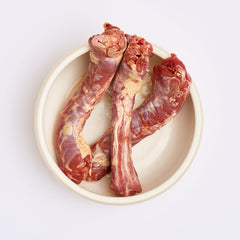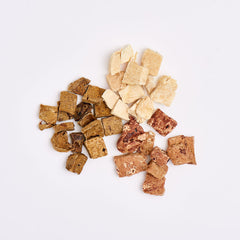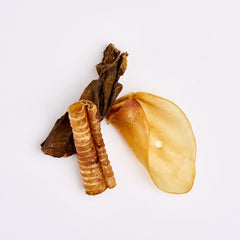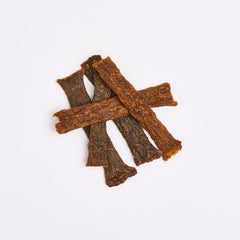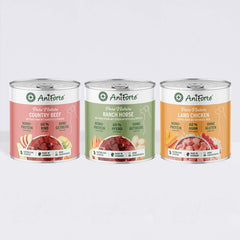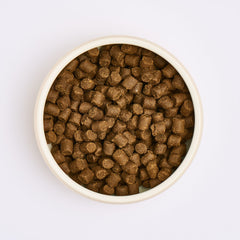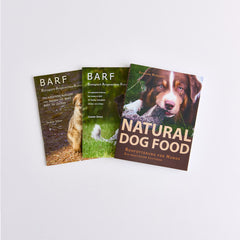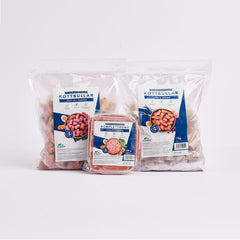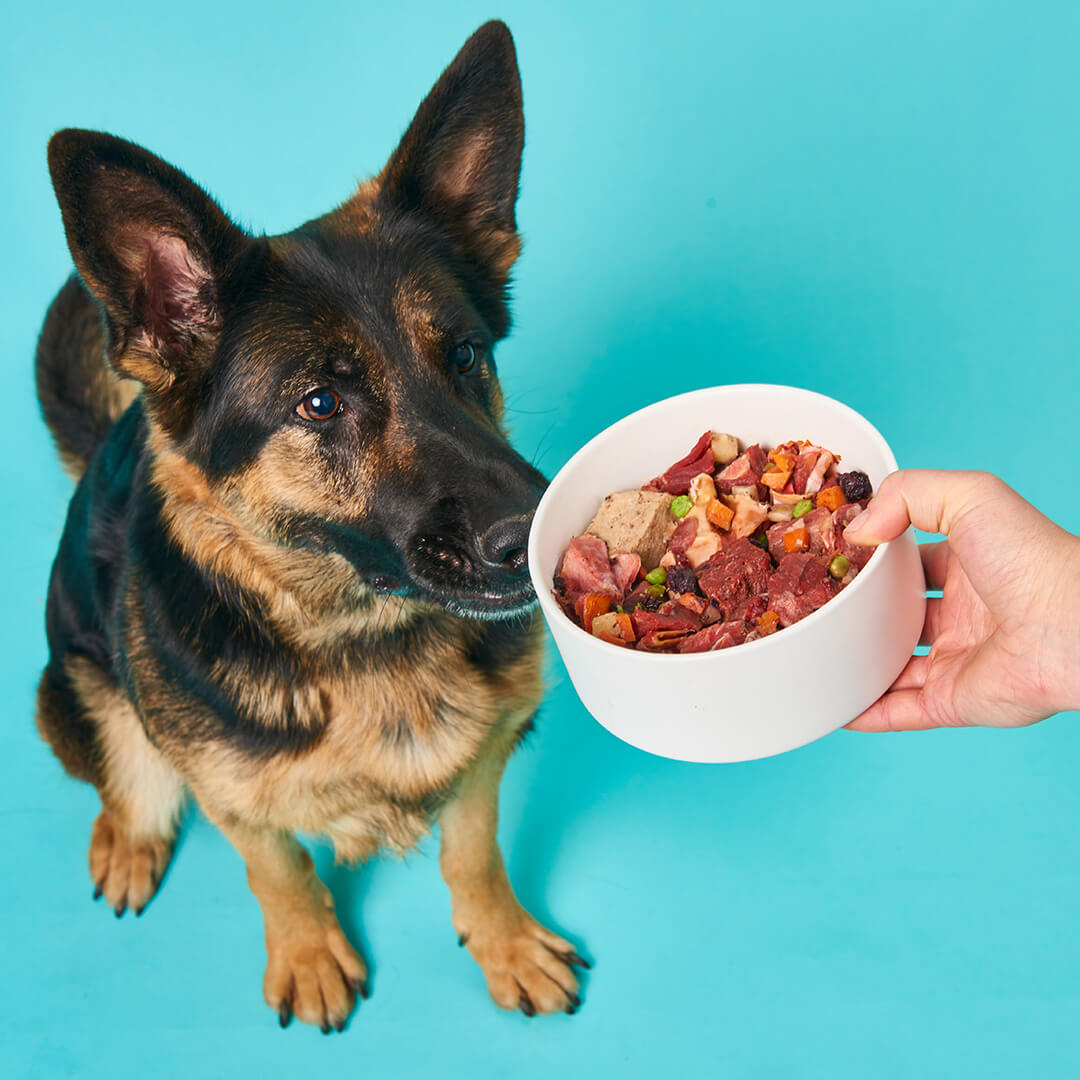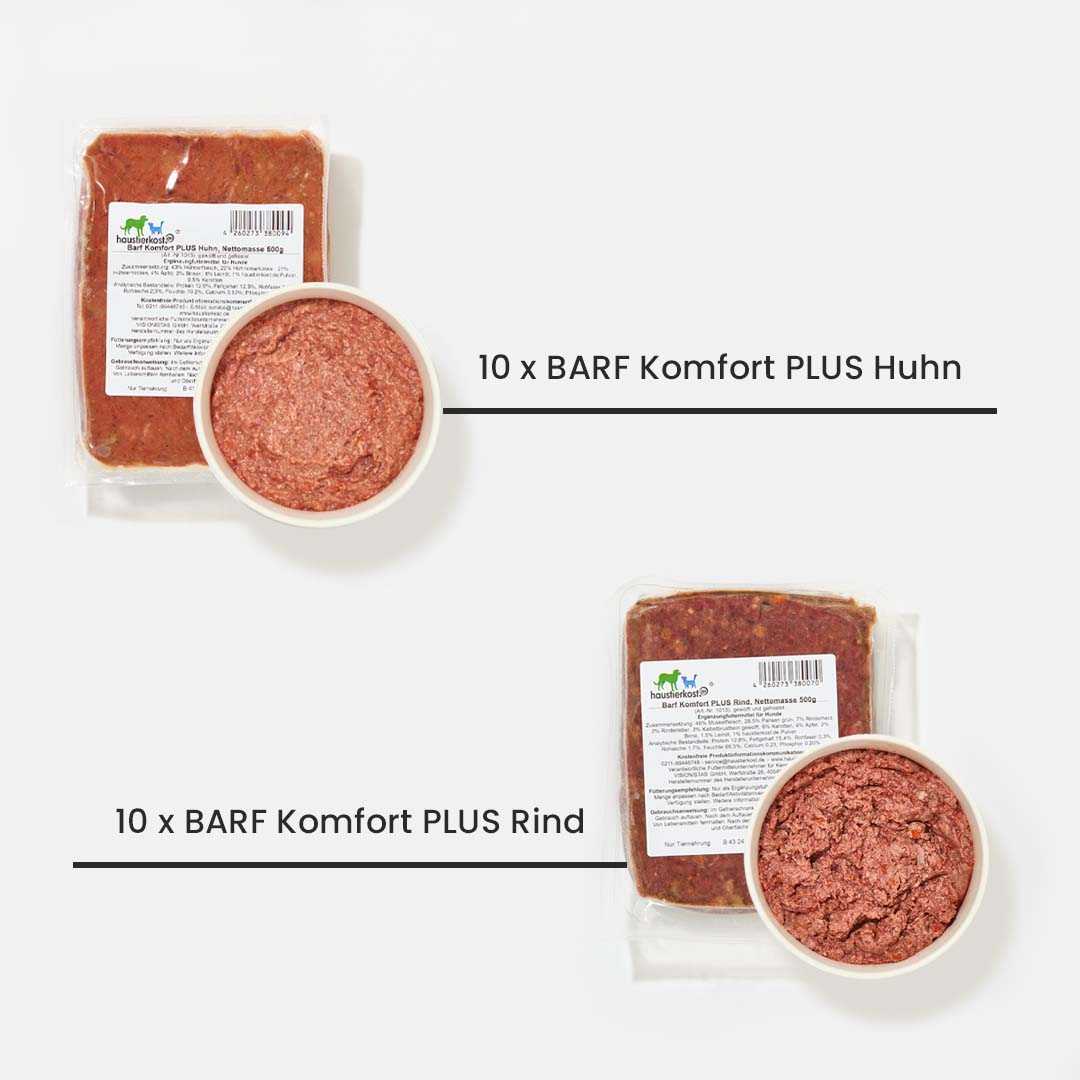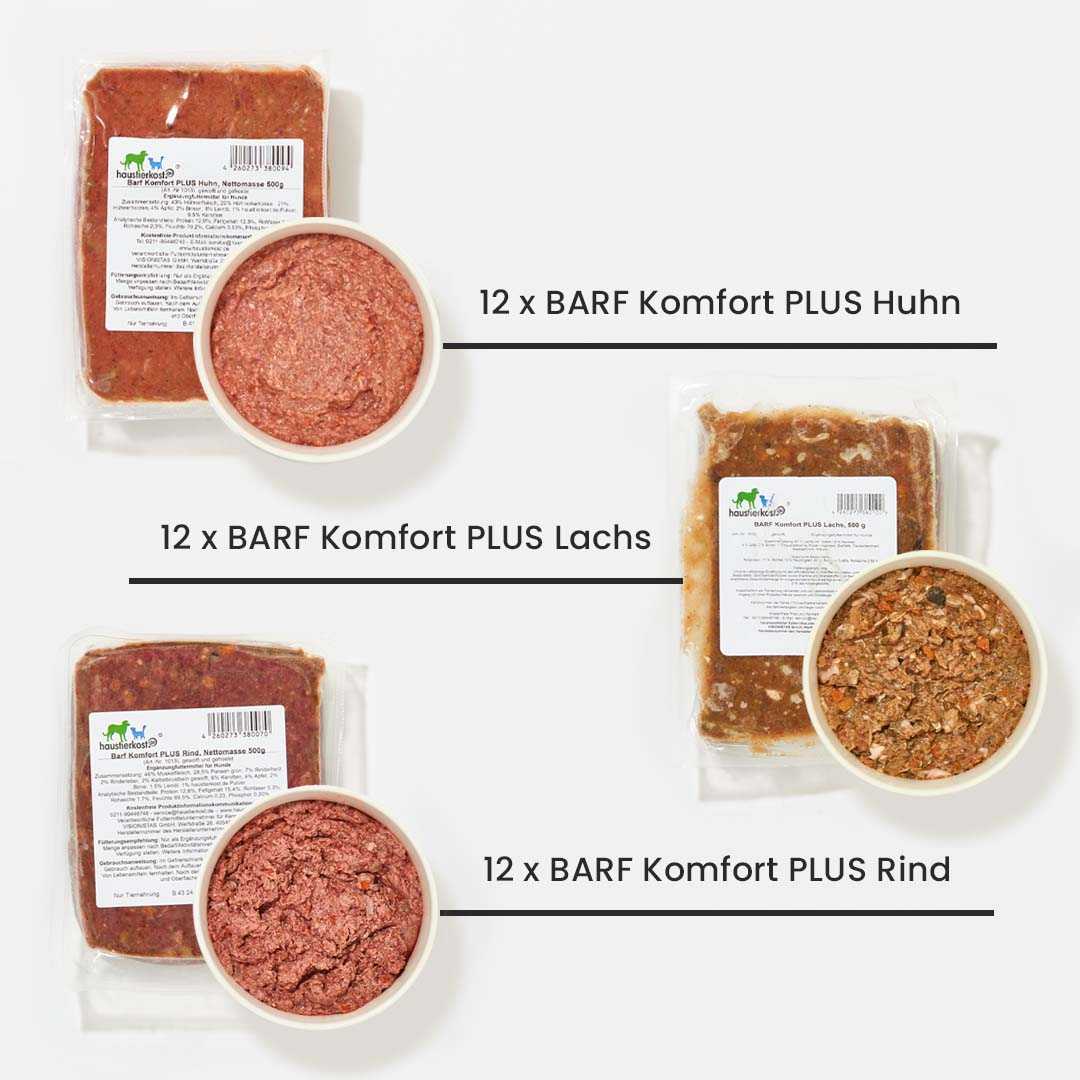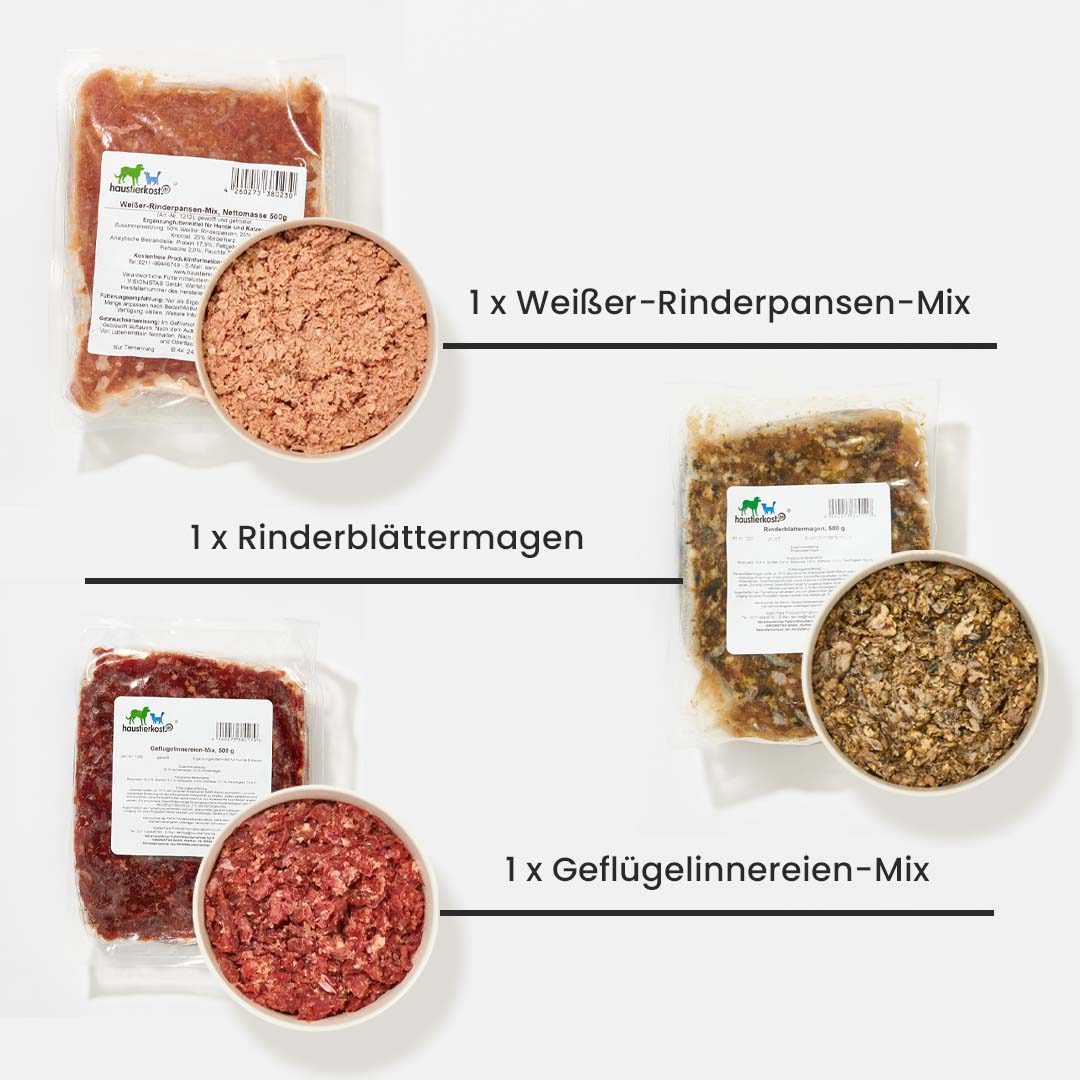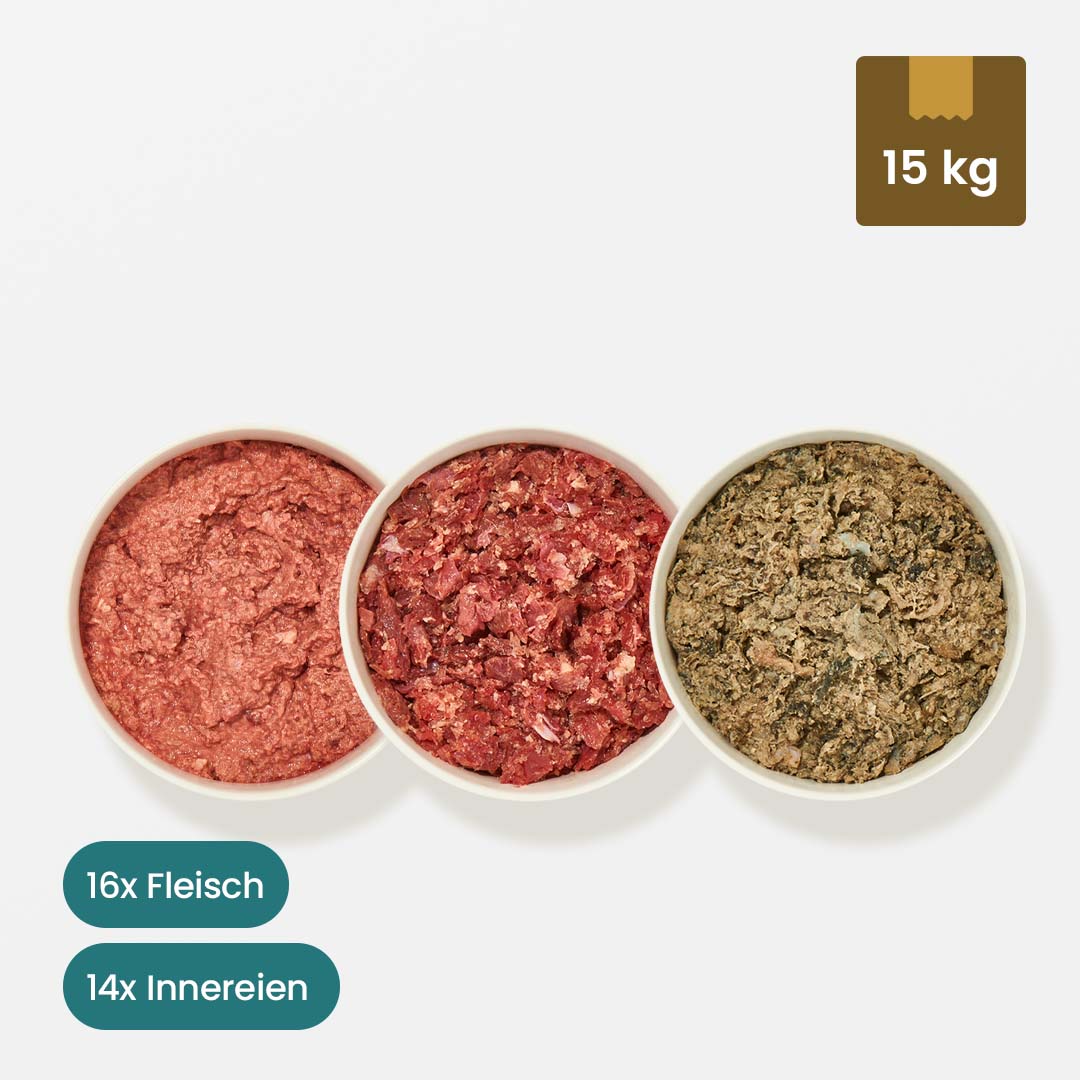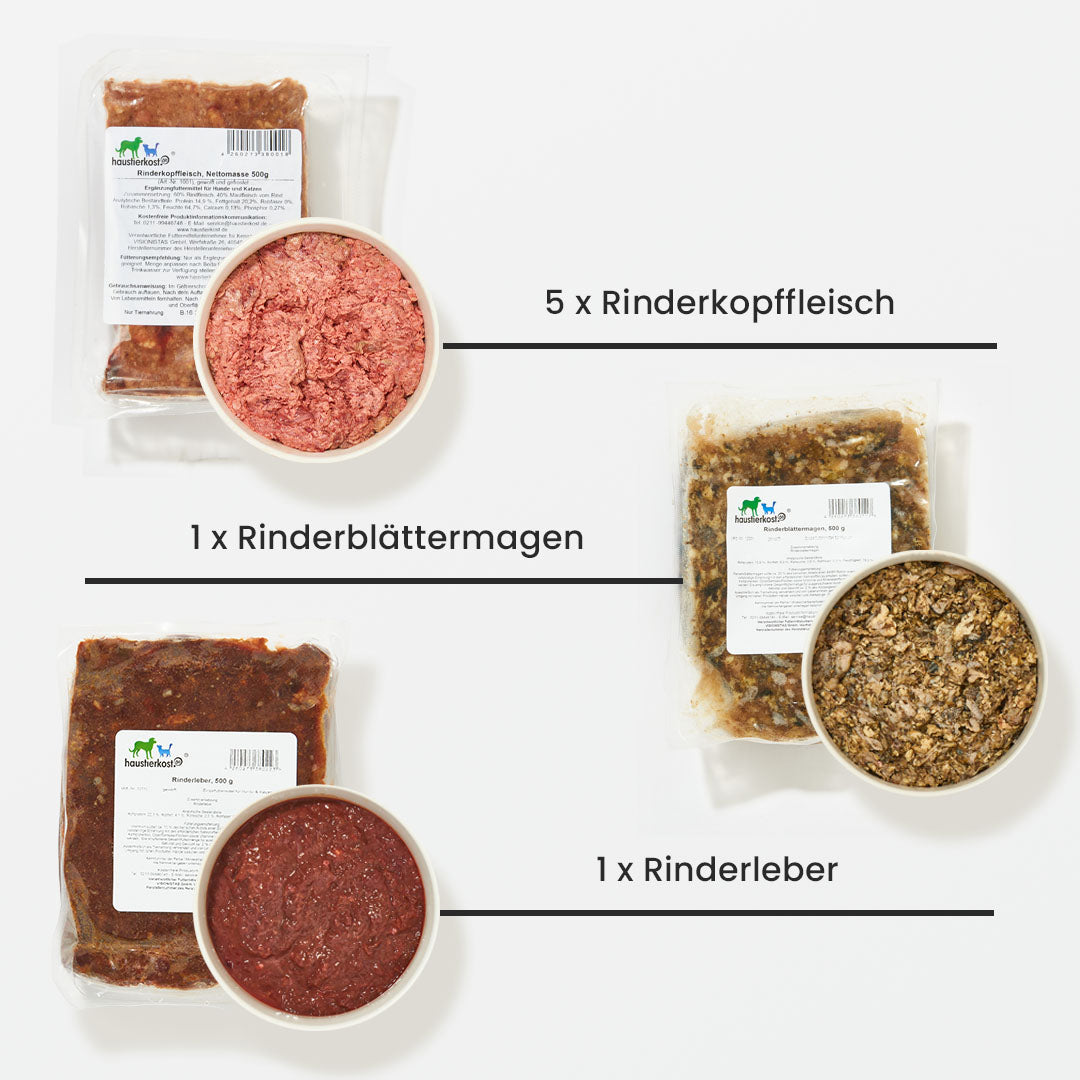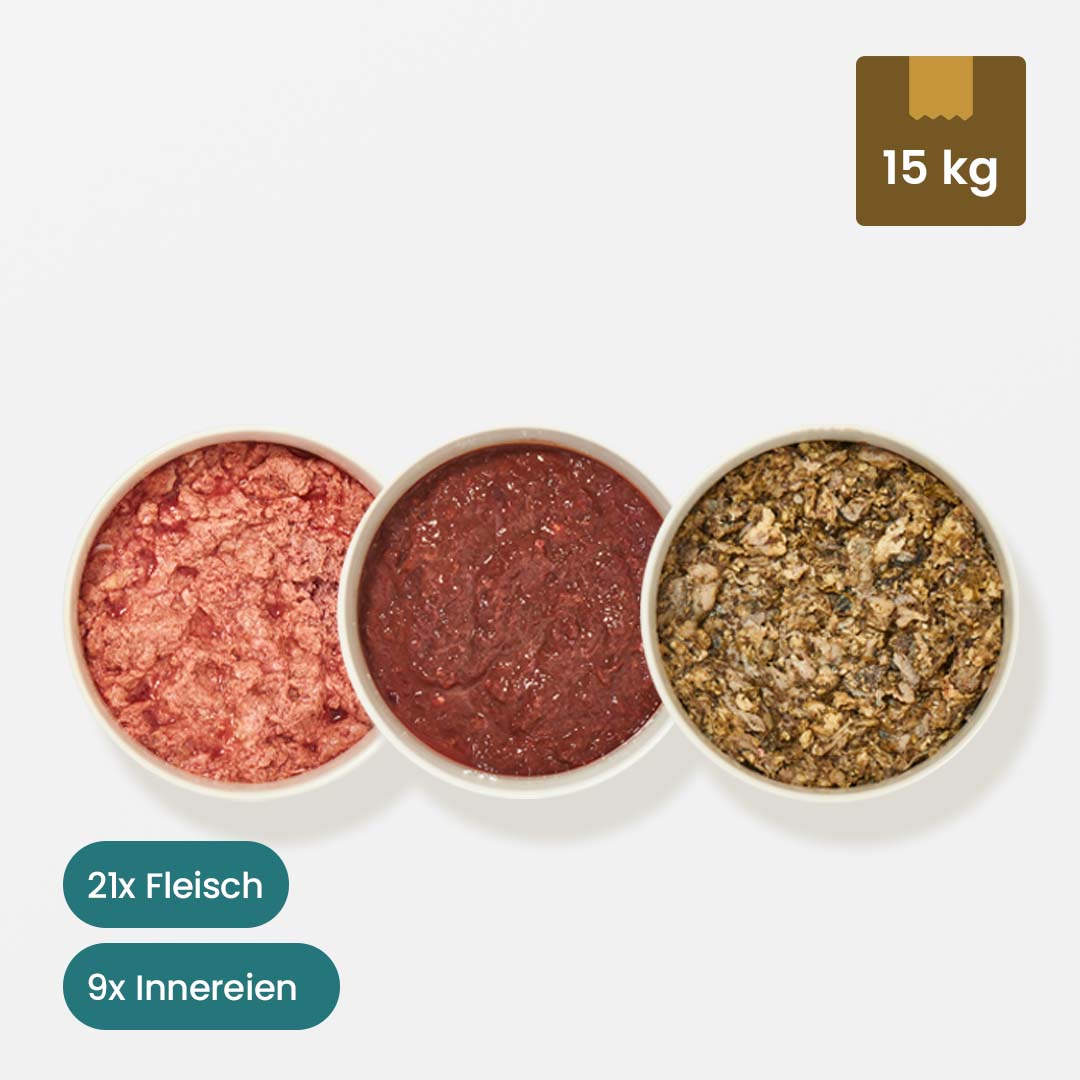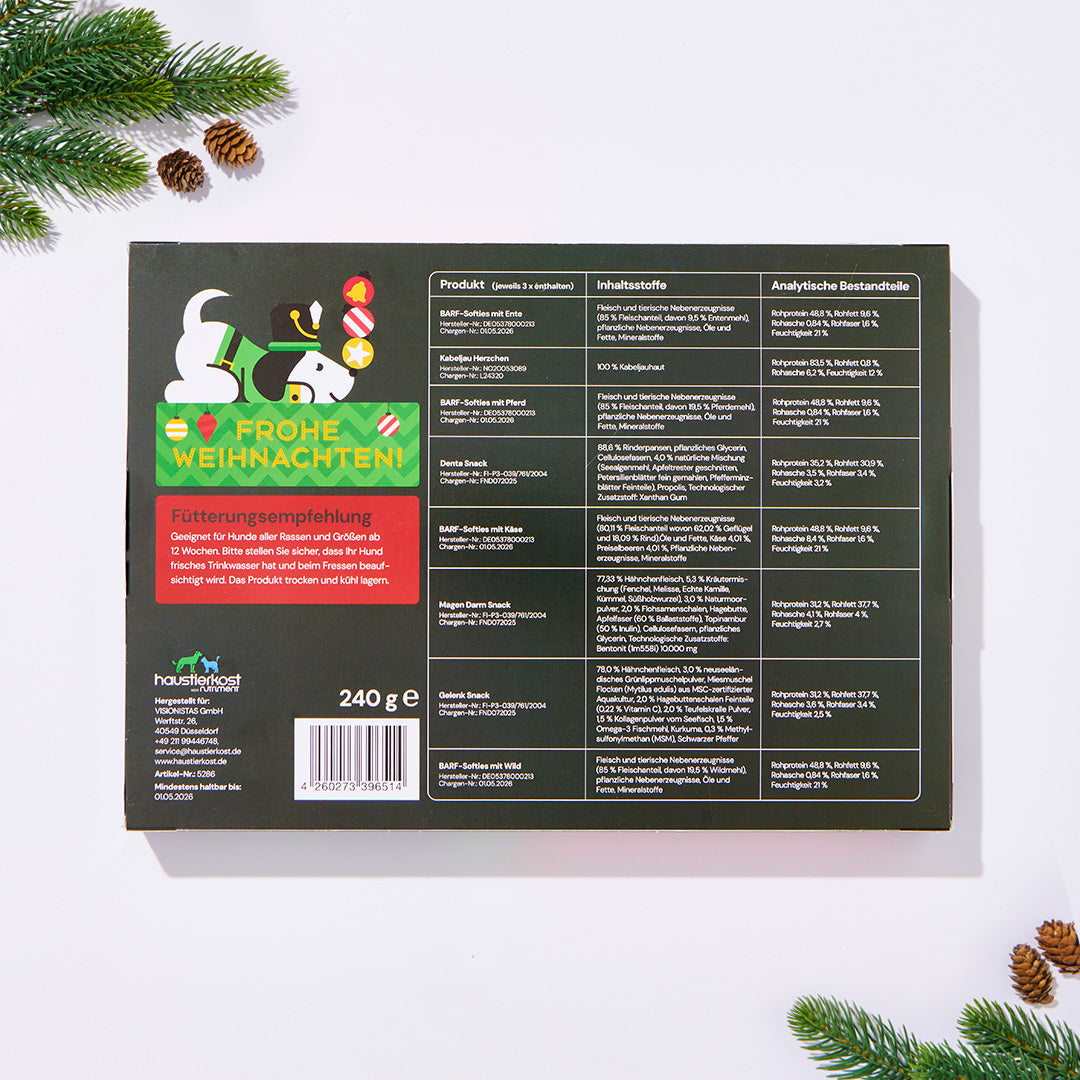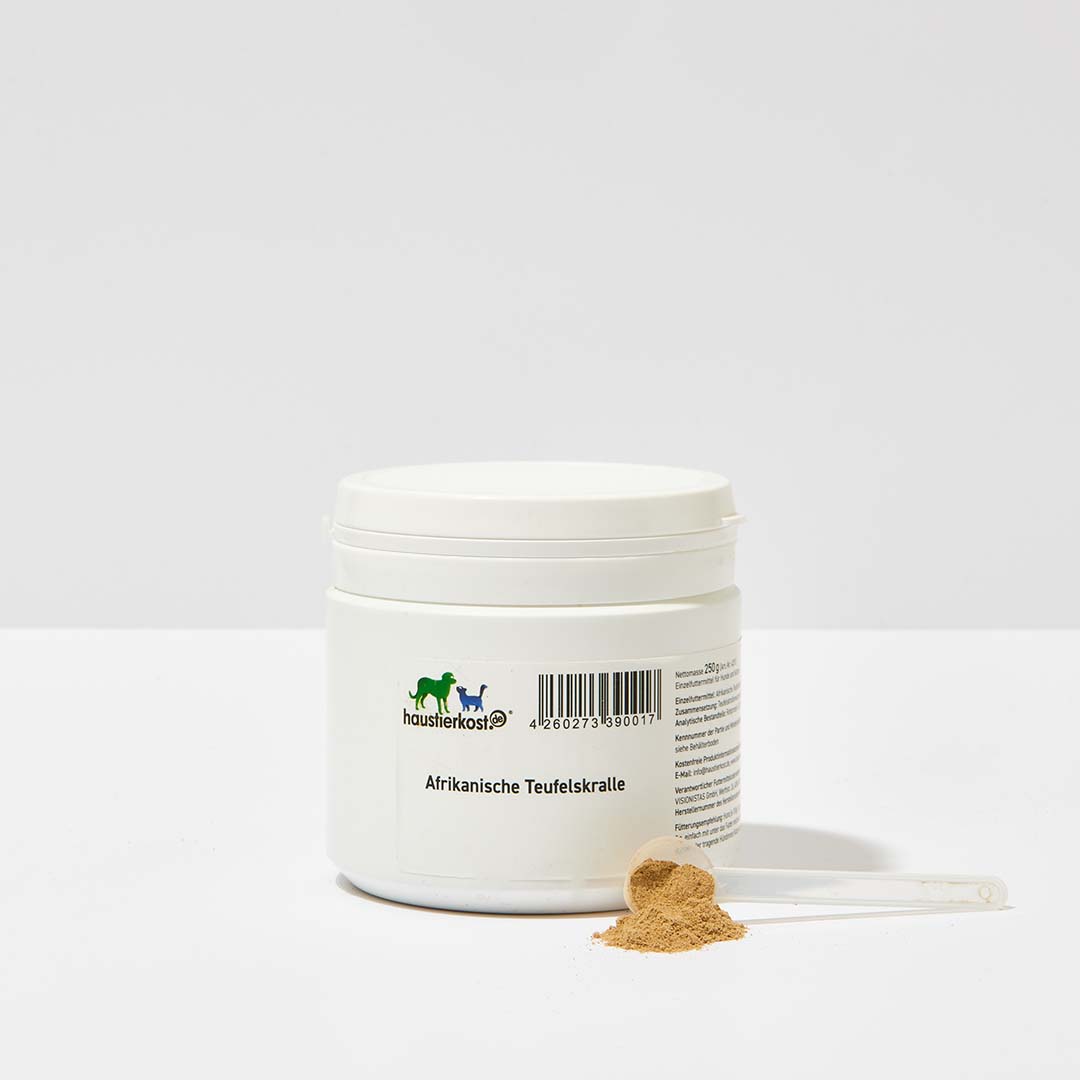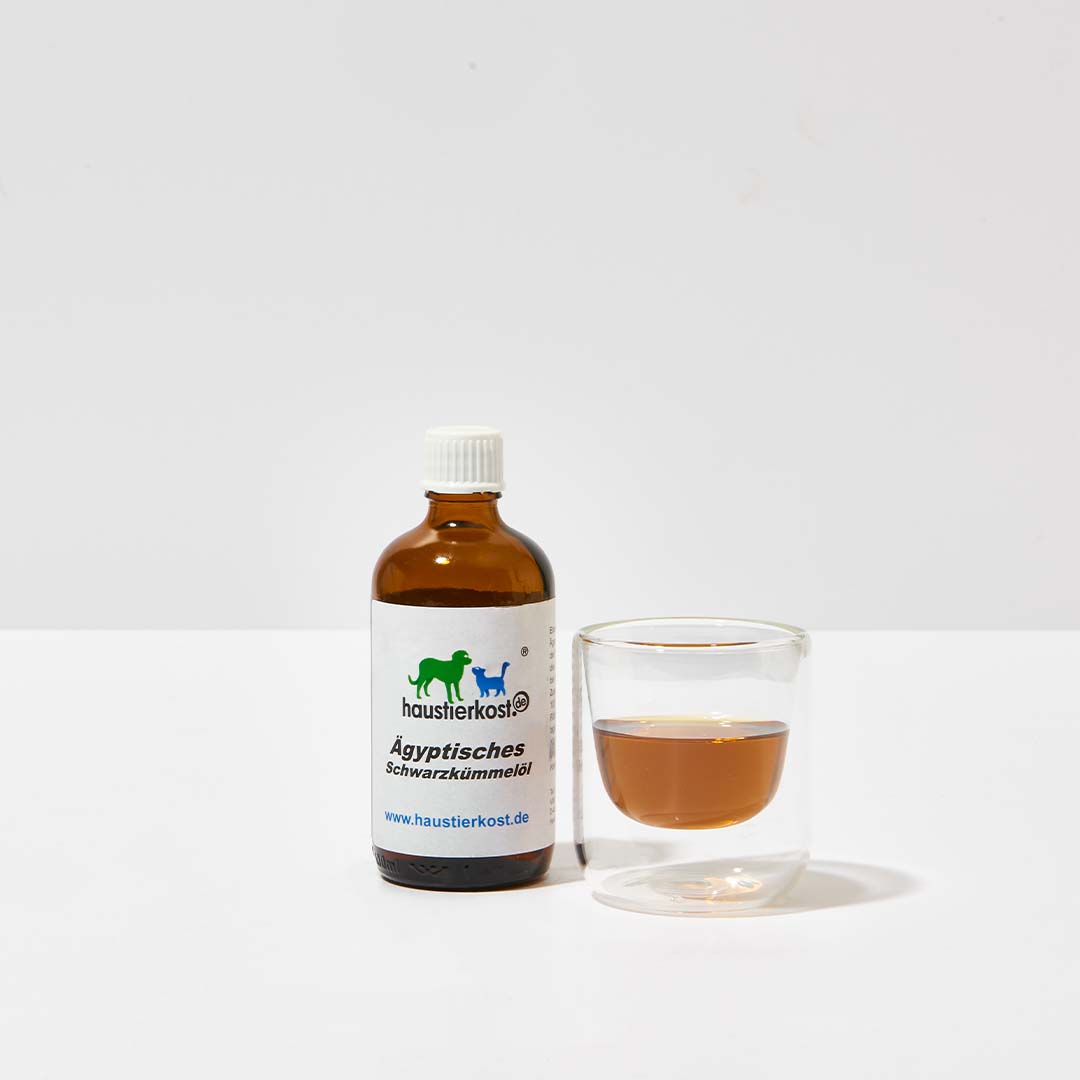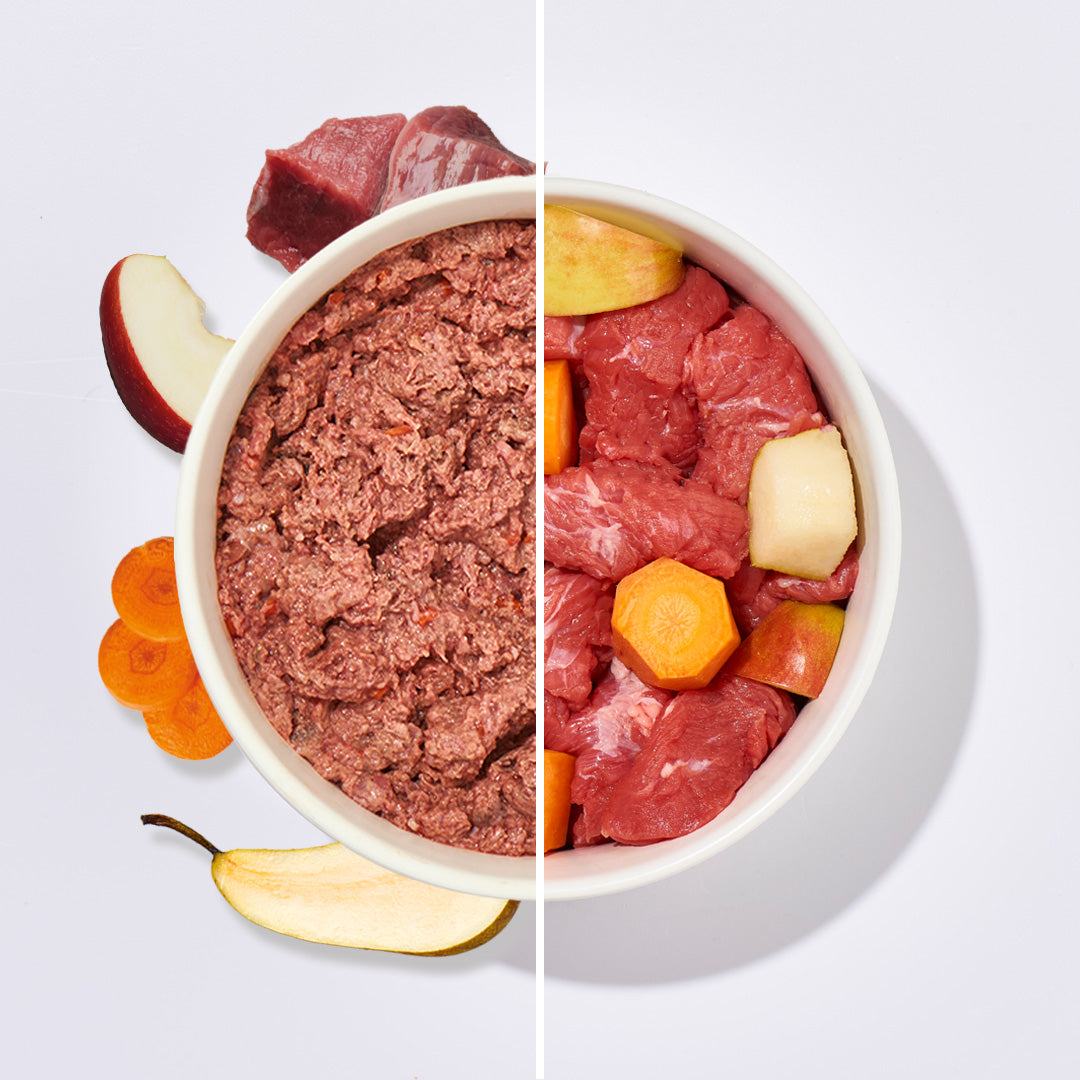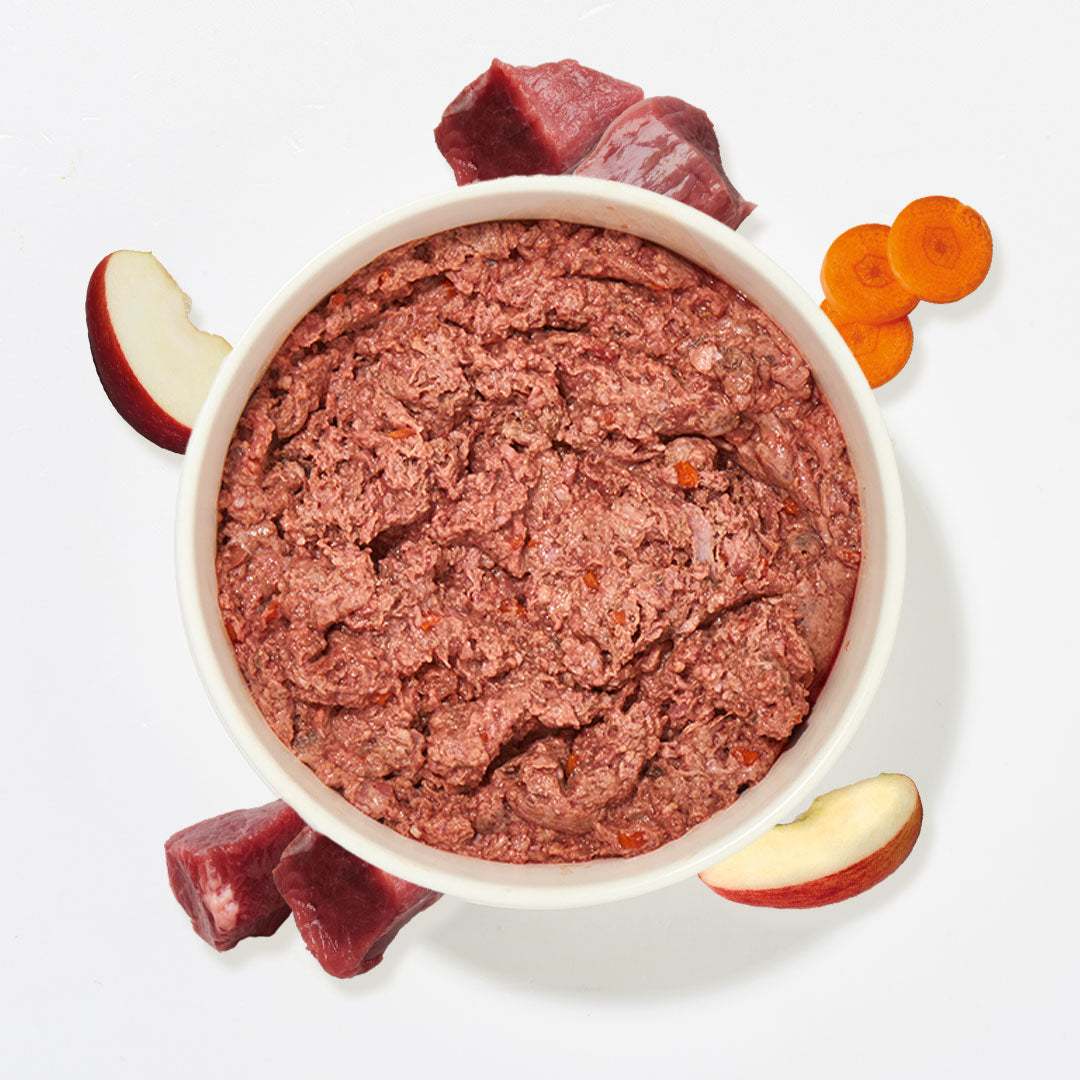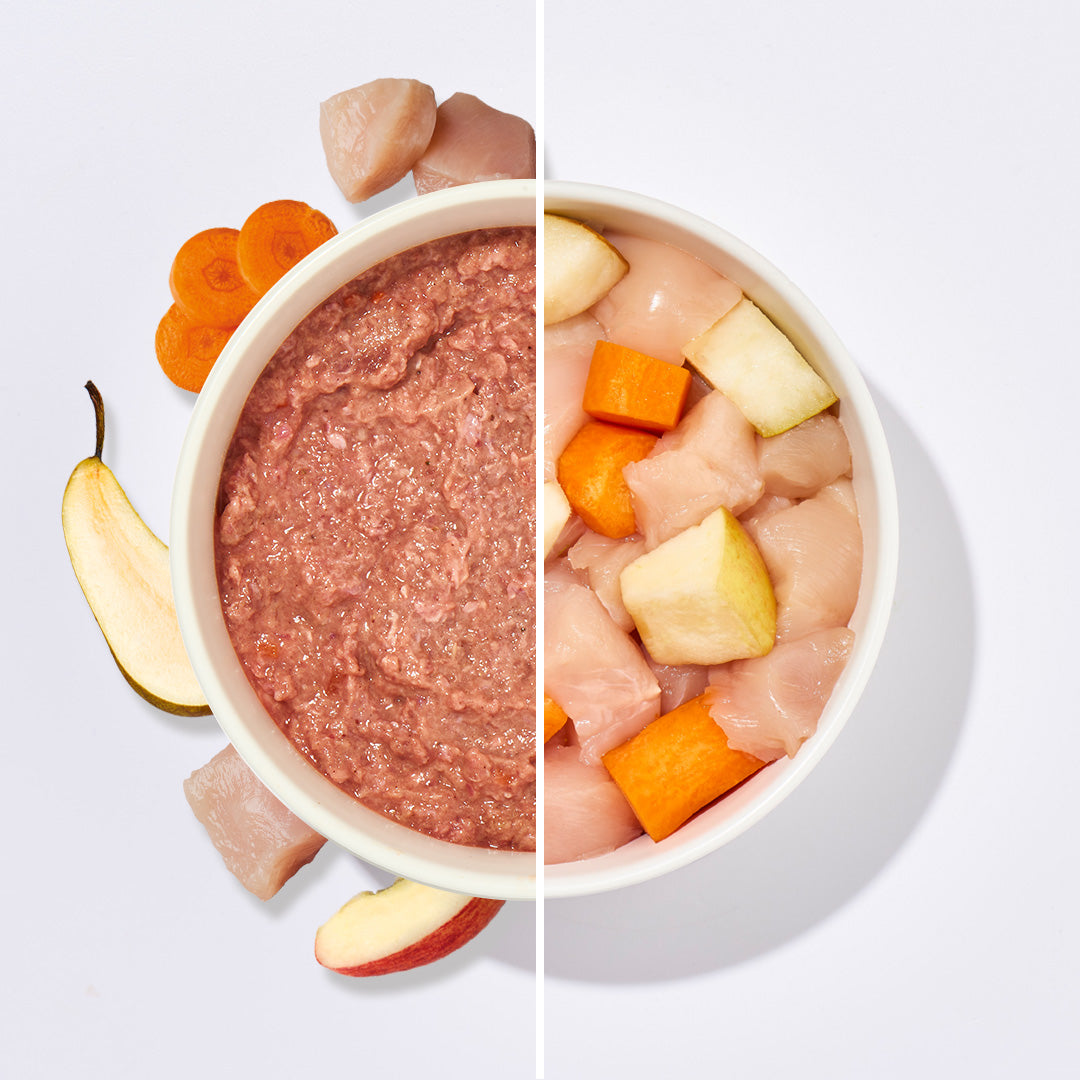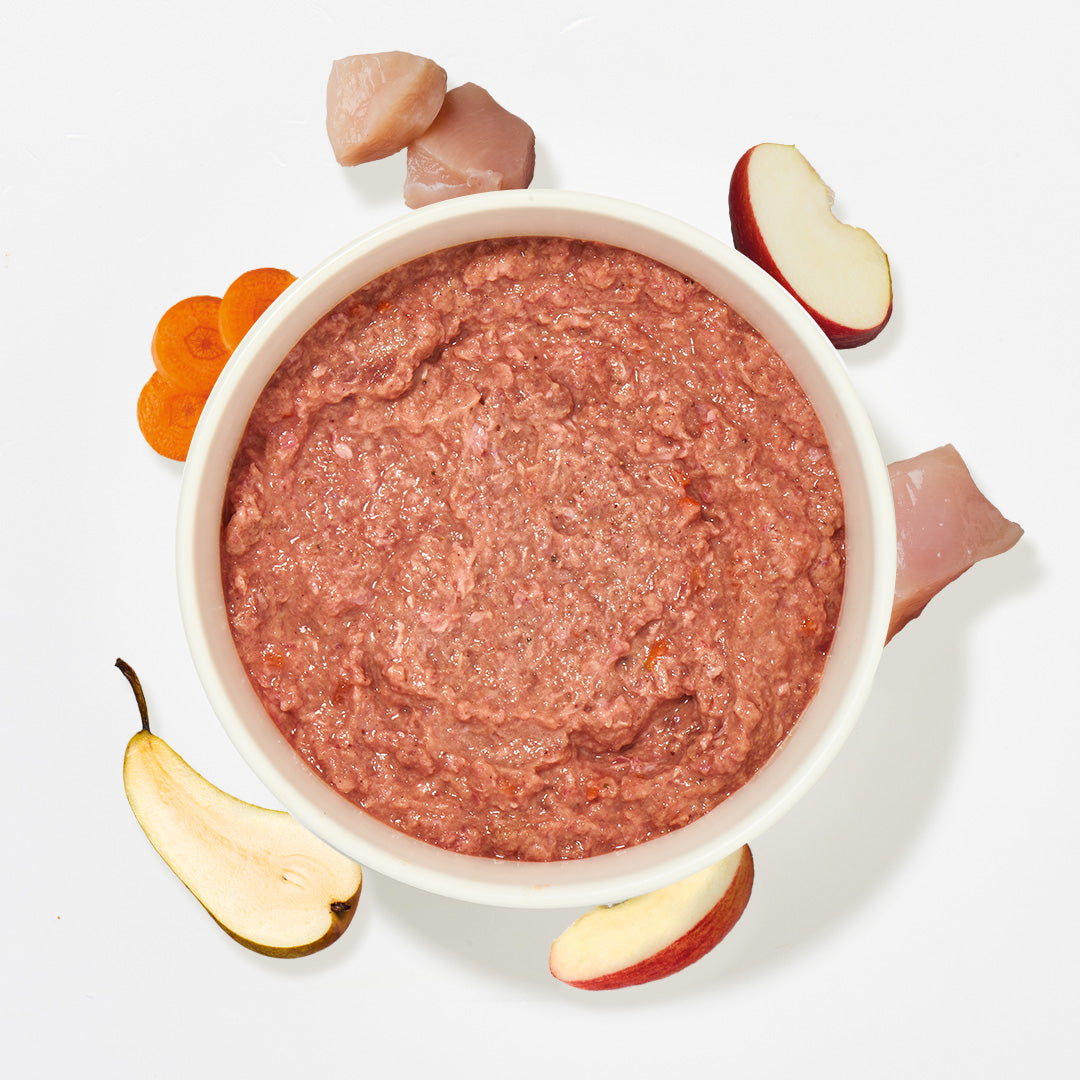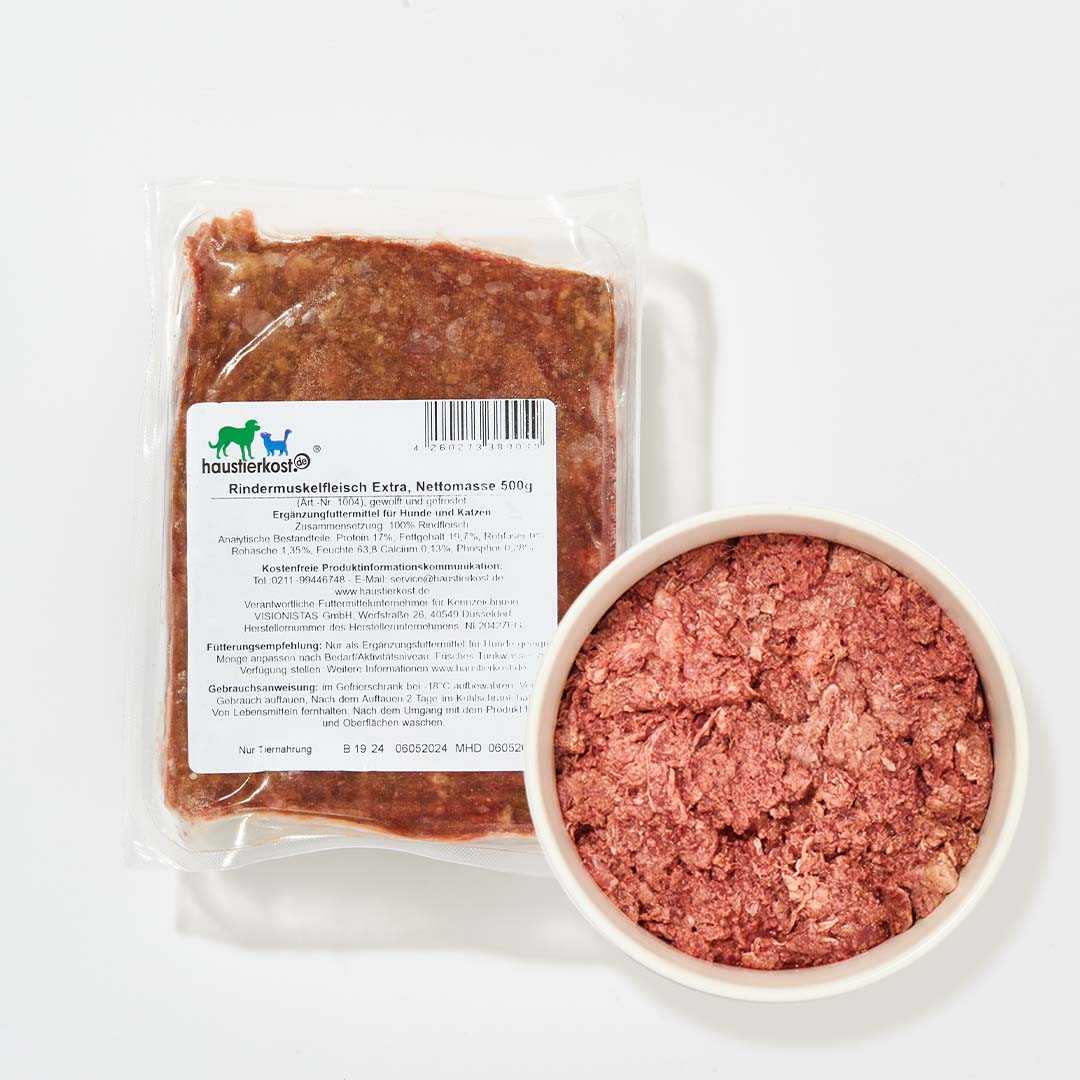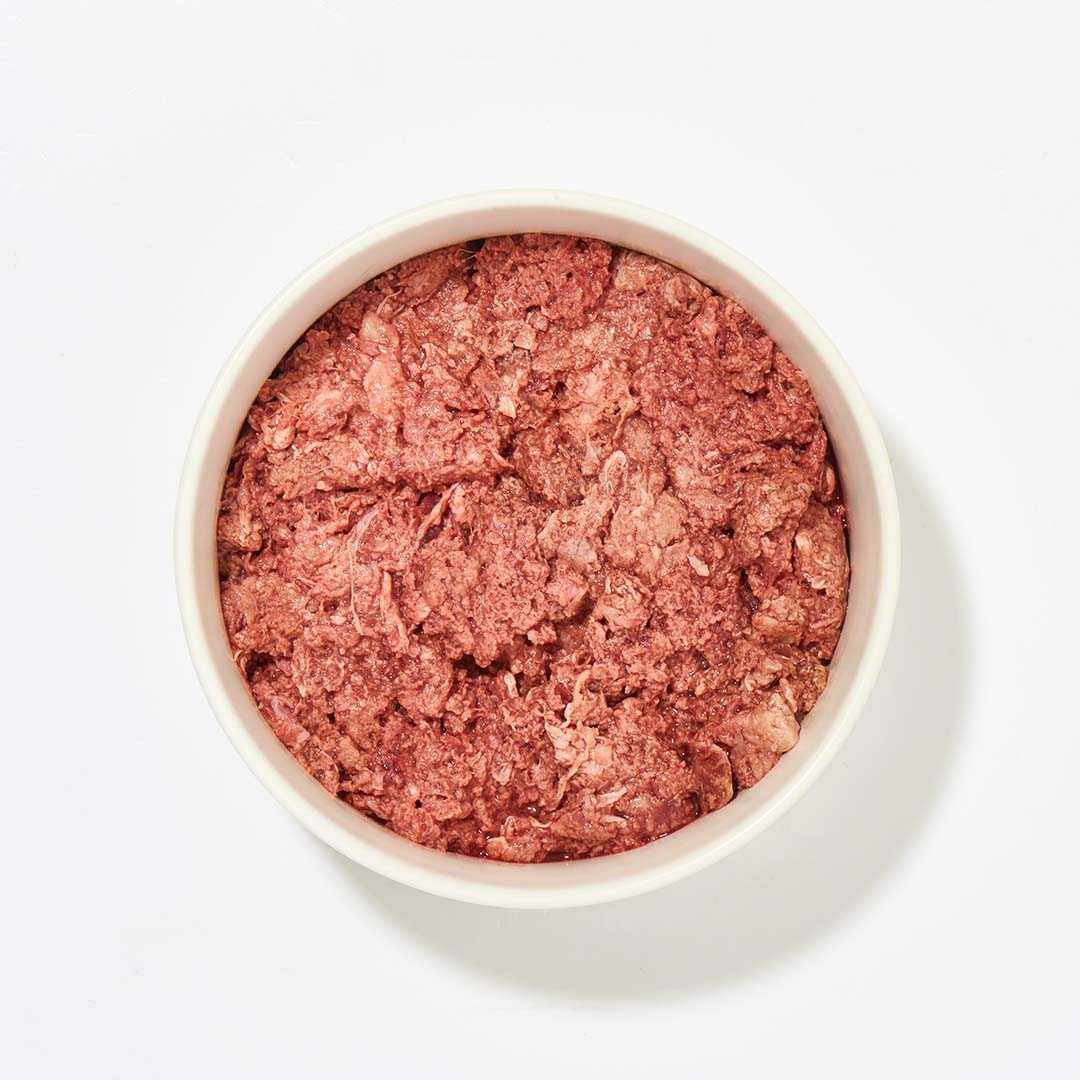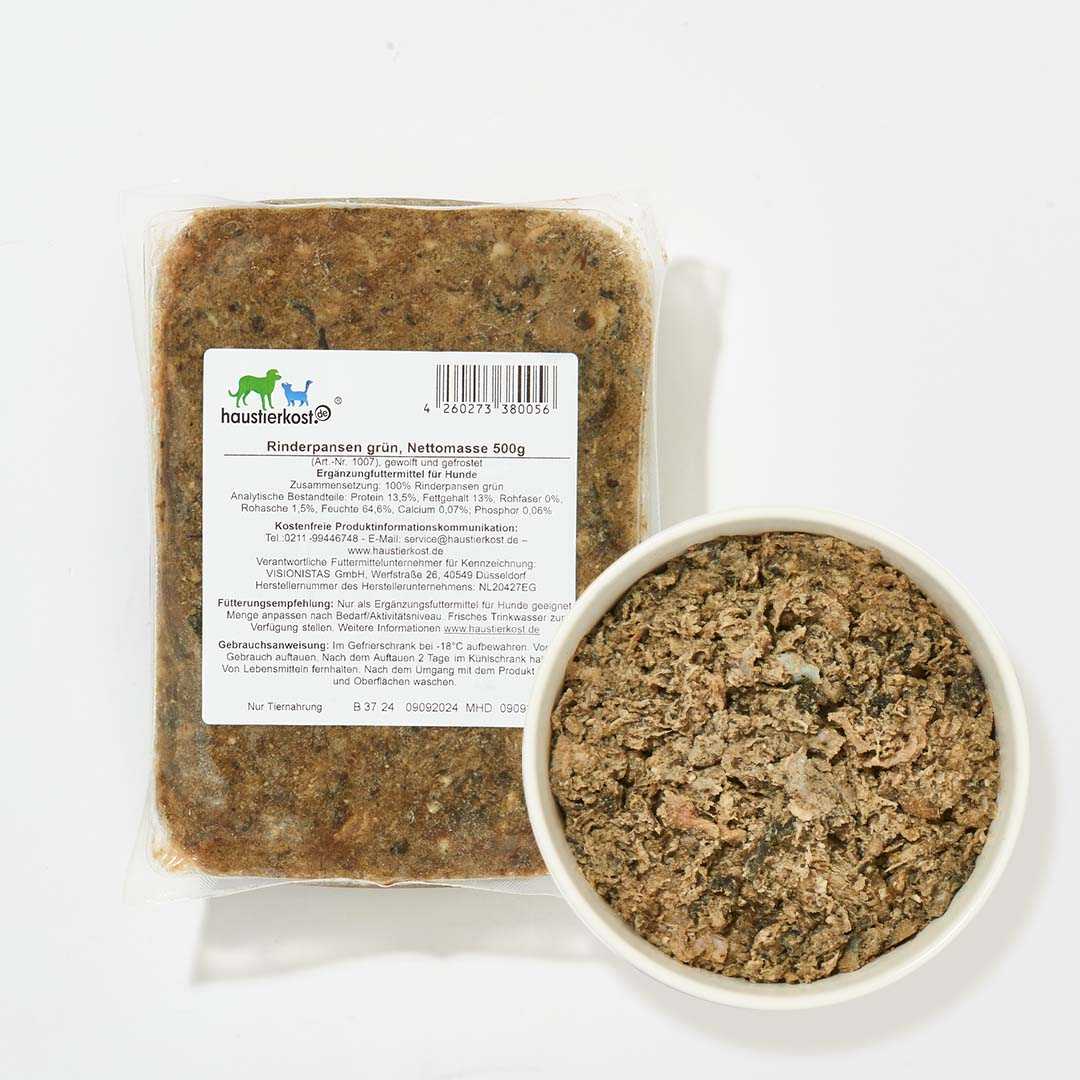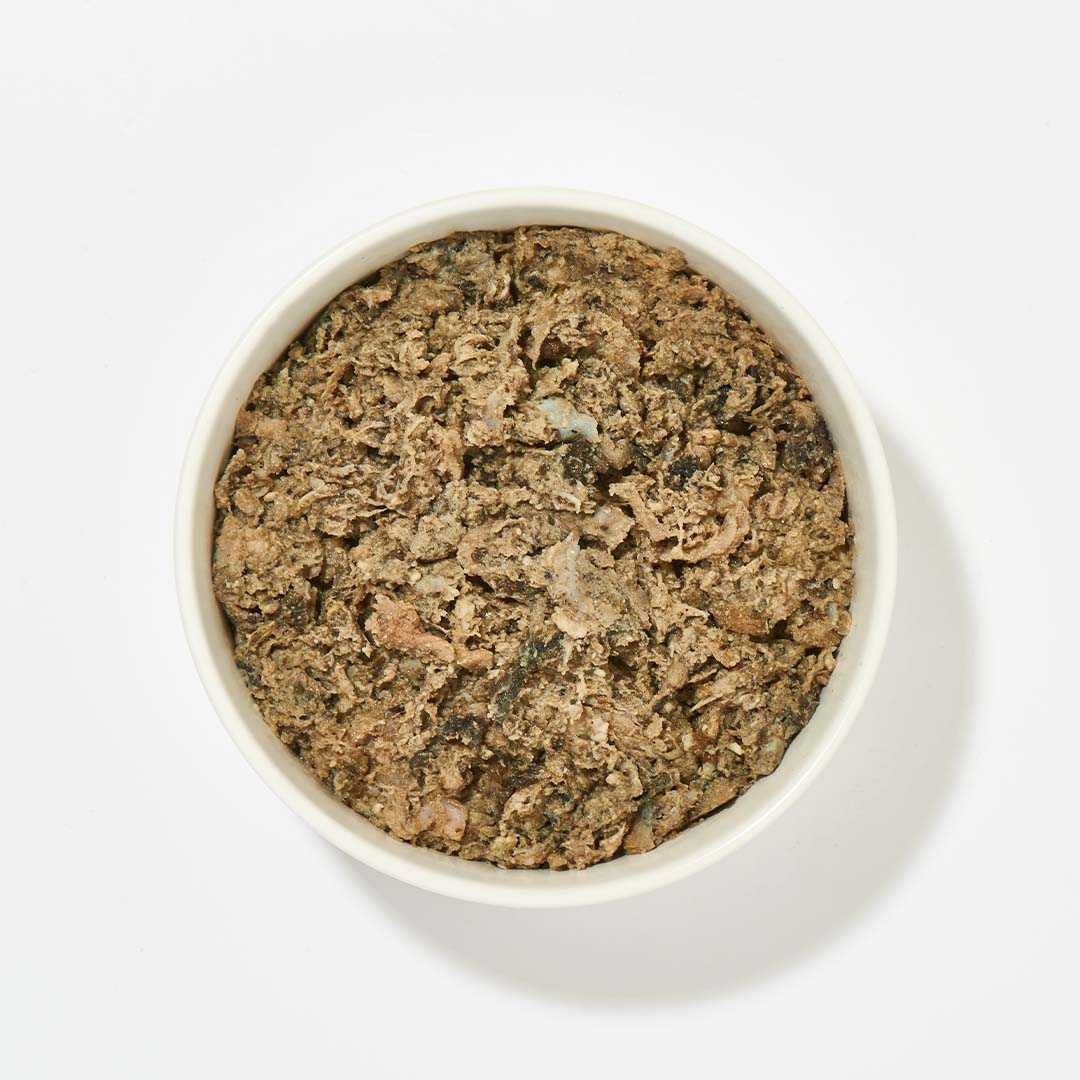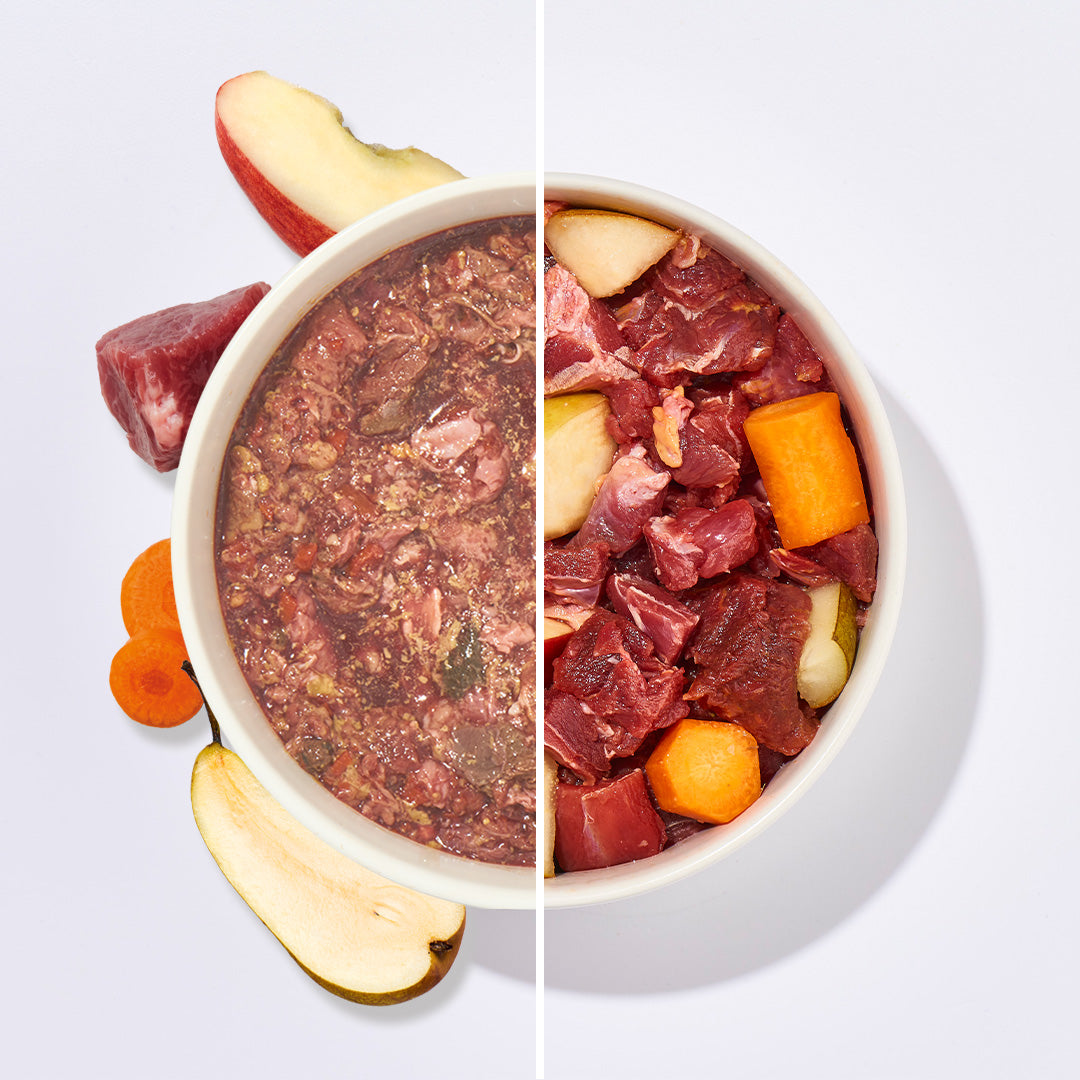BARF is a form of nutrition for dogs with allergies that combines species-appropriate feeding with the specific needs of the individual animal. Thanks to the large selection of BARF meat from different animals, a BARF diet for allergy sufferers can be balanced despite the existing restrictions. In this article, you can read how you can confirm a suspected allergy and then still feed your animal the best possible food.
BARF for allergy sufferers: diagnosis and consequences
The first stop on the way to a BARF diet for allergy sufferers is usually your trusted veterinary practice. If you have noticed that your animal is showing symptoms of an allergy after eating food, i.e. it is scratching itself frequently, has red skin, swelling or a runny nose, you should have your suspicions confirmed by a veterinarian. The best way to detect an allergy is an exclusion diet in which the animal is fed a completely new and unknown source of food. Some dog breeds are more likely to develop certain allergic reactions. However, this applies more to environmental allergies than to food. In the latter category, reactions to types of meat such as beef, chicken or salmon, which are regularly found in dry and wet food with additives, are common. If the dog is only given this one type of meat over a long period of time, this can encourage the development of an allergy. This is another reason why a varied diet is important.
When BARFing for dogs with allergies, on the other hand, types of meat are required that are normally fed rarely or are even hypoallergenic. The latter applies, for example, to horse meat for dogs . Protein sources that do not occur in the wild in this region of the world, such as llama, kangaroo or ostrich meat, are often very suitable for a balanced exclusion diet when BARFing for dogs with allergies. Speaking of exclusion diets: After the diagnosis, you should no longer use any leftover food for the affected animal - not even in small portions. This is the only way to reliably observe whether the symptoms of the allergy are actually receding and whether the new food is well tolerated.
BARF for dogs with allergies: more tips
If there are no allergies to the fruits and vegetables that are usually fed, you can continue to feed them to dogs with allergies without worrying when BARFing. However, a change in diet alone is often not enough to completely eliminate allergy symptoms - for example, if environmental influences are also a possible trigger. Around 15 percent of dogs, for example, are affected by an environmental allergy (atopy). This affects pollen, grass or house dust mites, for example, and can also cause severe reactions. So pay close attention to when and how allergic reactions occur in your animal.
There is a widespread belief that allergies only occur within a very short period of time after the food is consumed. In fact, reactions can still occur days and weeks after the food has been consumed. Therefore, it is important to carry out the elimination diet over a longer period of time and to completely ban other types of meat.
We offer a wide range of dog food for allergy sufferers , from horse and game to goat meat and the exotic animals mentioned above. Use our BARF calculator to find the right amounts of muscle meat, offal and plant-based ingredients for your pet.

